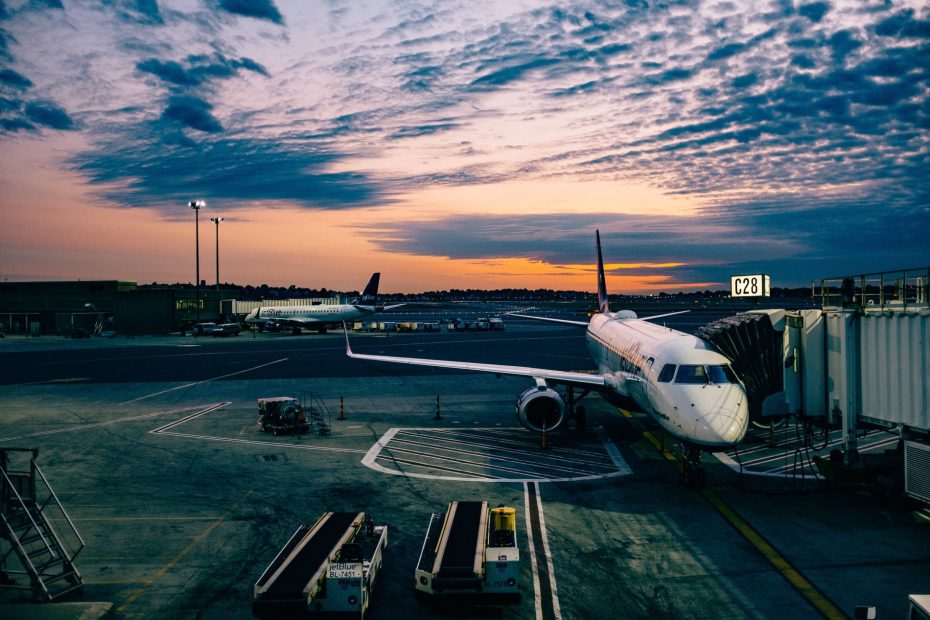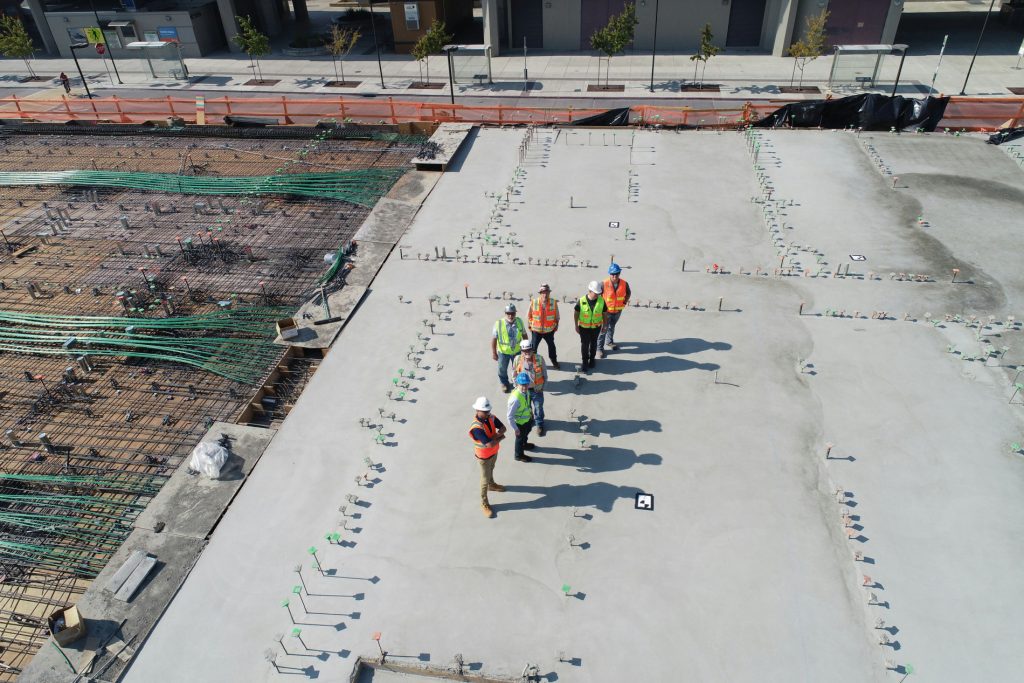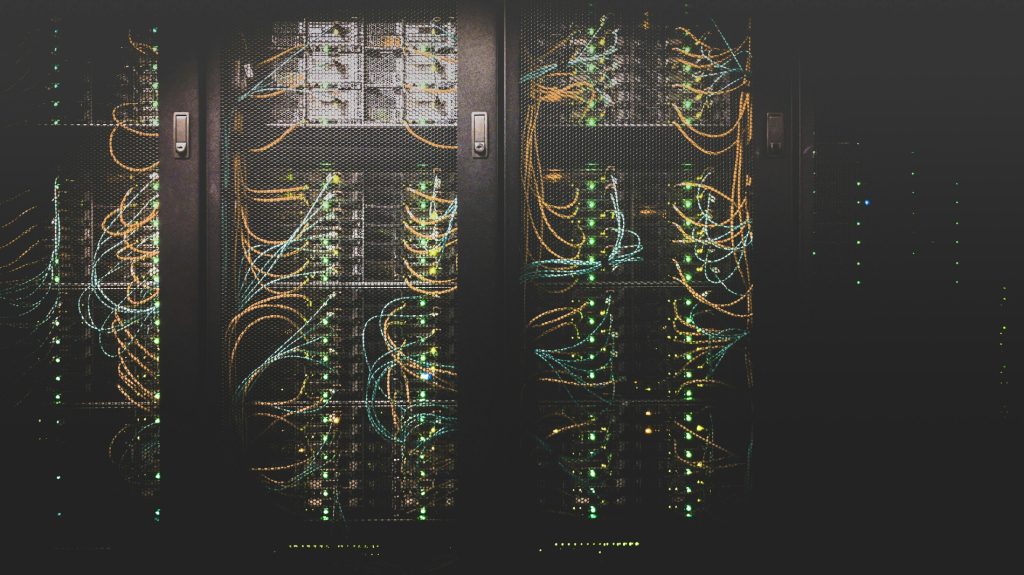Changes in the Aviation Industry aren’t uncommon. In fact, the aviation industry is one that undergoes tremendous change, constantly.
Throughout the last decade, economic, environmental, and global market changes have seen the aviation industry adapt quite substantially. Now, as we’re nearly halfway through the 2020s, the aviation industry is witnessing huge growth in demand for aircraft maintenance technicians and engineers with unique skills. This demand is staggering but provides great opportunities for those looking to begin their careers in the industry.
However, as it was already recognised as bursting with opportunities pre-covid but burdened with the arduous task of finding skilled technicians, these factors have accelerated and we’re witnessing growing challenges for companies to maintain and upkeep aircrafts.
Let’s explore how digital transformations in the aviation industry are presenting challenges and opportunities for those who operate in it… and what it means for business success in 2024.
Aviation Industry Lead Time
The Aircraft Maintenance industry has changed dramatically over the last 5 years, specifically in relation to ‘Lead Time’ within the sector; here, we are referring to the time it takes for corporations to complete work.
Desired lead times for completed maintenance have become shorter with clients requiring quicker turn arounds. Hangar slots are being snatched up at record-breaking speed, and because of this, Technicians and Maintenance specialists are quickly needing to be sourced and placed in job openings in order to meet the demand.
The need to fill positions with contractors is paramount to fulfill turnaround dates and meet expectations within the industry, but there have been noticeable difficulties for some.
It’s predicted that Aircraft Mechanic and Service Technician employment will explode in growth by 12% and Avionic Technicians by 10%, which is remarkably faster than the ‘average growth’ over the next decade. So much growth in such a short time suggests that there will be persistent gaps between company needs and employment skills – a challenge to forecast in 2024 and beyond.
Aircraft Safety and Downtime
AI provides an abundance of opportunities for the Aircraft Maintenance and Aviation sector, specifically for the safety and downtime of aircrafts.
Naturally, the safety of passengers and cargo within aircrafts is paramount when in the air (and on the tarmac)
Thankfully, new technologies that formulate aspects of Artificial Intelligence continue to improve and strengthen the safety standards of the industry, as they are able to identify developing problems before they become a safety hazards.
These advancements reduce maintenance costs as they predict issues before they become large and costly; which means there is less unplanned maintenance downtime which otherwise, would impact the hangar issues we discussed above. AI can analyse a huge amount of data in shortened times, which if done manually would have taken over double the duration. This information is then used by contractors during decision-making.
Although many fear that AI and technology is replacing human roles, there is no doubt that for Aircraft Maintenance and Technician teams, it only enhances and betters the responsibilities being carried out.
Fleet Management
Similar to the points already discussed regarding the positive use of AI in the aviation industry, advanced technology also provides multiple opportunities for better fleet management in 2024.
Alongside the general safety of aircrafts, technological developments within the industry are enabling aircrafts to be kept in better condition as mechanics and technicians have access to real-time performance and operational data. What this means for businesses is fewer flight cancellations, longer life expectancies of the fleet, minimised flight disruptions, and reduced turnaround times… resulting in higher revenue generated.
In 2024, AI is going to support visual inspections of engines, airframes, and wings through image technology; partnering this with high-quality permanent and contract staff utilising the images in decision-making, we’re expecting to see Fleet Management streamlined, processes enhanced and improved accuracy.
Blurred Experience Lines
Technological ‘know-how’ for technicians is neither a passing phrase nor a required specialism. The line between technological and mechanical expertise continues to blur as technology advances and new software is implemented into daily practice. Because of this, we’re expecting to see an accelerated demand for computer skills within the Aviation industry, continually increasing over the next 5-10 years.
As an organisation needing to meet these changes, it’s vital that you not only hire qualified contract and permanent Aviation staff, but invest in the development of their skillset to meet the changes within the industry. This will not only positively impact your revenue in the long run but improve retention rates as staff feel valued and fulfilled in their role; linking back to the lead time challenges earlier discussed.
Emerging technologies are transforming virtually every aspect of aviation maintenance and engineering operations. To stay ahead of the curve, you must take technology onboard, partner it with skilled mechanics and technicians, and adapt to upcoming changes.
AI and new technology has the potential to create jobs that didn’t exist before for both aircraft and ground operations.
What changes are you noticing within the aviation industry?
If you’re looking to secure talent – either contract or permanent – that’ll support you in 2024, click here to explore what Aviation Recruitment looks like with V7 Recruitment.




